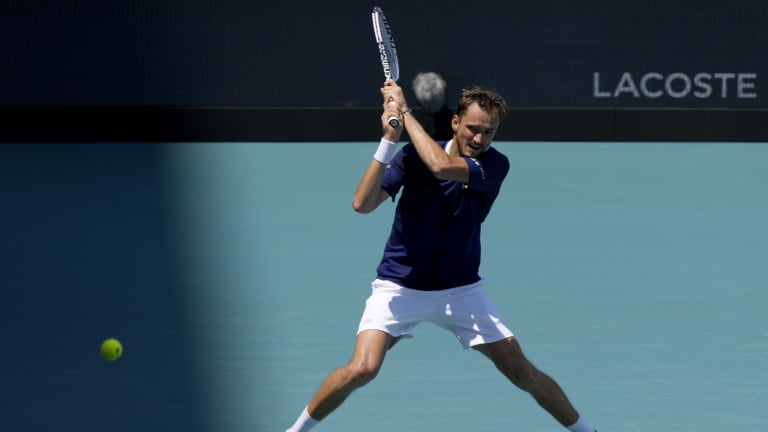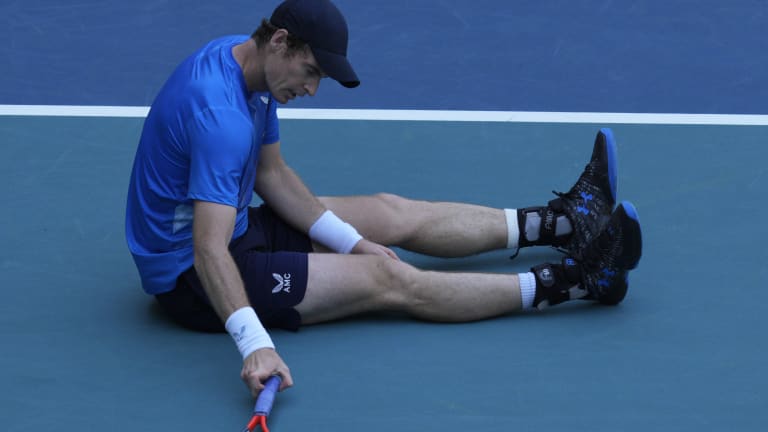Miami, USA
Daniil Medvedev bests Andy Murray in a battle of No. 1s
By Mar 26, 2022Miami, USA
In beating idol Novak Djokovic, Jakub Mensik came of age in Miami
By Mar 31, 2025Miami, USA
Can Jessica Pegula step out of comfort zone on clay?
By Mar 31, 2025Miami, USA
Jakub Mensik, Miami champion, was going to pull out of the tournament an hour before his first match
Mar 31, 2025Miami, USA
Teenager Jakub Mensik denies Novak Djokovic 100th title in Miami Open upset
By Mar 31, 2025Miami, USA
Aryna Sabalenka takes aim at Iga Swiatek's dominance of the European clay season
By Mar 31, 2025Miami, USA
Novak Djokovic vs. Jakub Mensik: Where to watch, and who will win, their Miami Open final
By Mar 30, 2025Miami, USA
Roger Goodell watches on as Aryna Sabalenka defeats Jessica Pegula in Miami final
By Mar 29, 2025Miami, USA
Aryna Sabalenka masters Jessica Pegula again to win Miami Open
By Mar 29, 2025Miami, USA
19-year-old Jakub Mensik to face Novak Djokovic in Miami Open final
By Mar 29, 2025Miami, USA
Daniil Medvedev bests Andy Murray in a battle of No. 1s
Over the course of 89 minutes, Medvedev’s 6-4, 6-2 victory over Murray revealed much about how tennis has evolved, even over the last half-decade.
Published Mar 26, 2022
Advertising
Advertising

Currently No. 2 in the rankings, Medvedev can return to the top with a semifinal showing in Miami.
© Getty Images
Advertising

Murray will skip the European clay swing in favor of a three-week training block in Orlando.
© Getty Images
Advertising

Download the Tennis.com app on your IOS or Android device today!